International Demonstration Teaching Team
for the Course of Measurement System
一、团队成员
Team Member
Dariusz Bunchczik,博士,测量系统课程教师。西里西亚技术大学自动控制学院电子与计算机科学学院教授。他是管理控制系统的院长代表,也是西里西亚技术大学作为基于研究和创新的现代教育中心的项目负责人。
Dr. Dariusz Bunchczik, Ph.D., foreign teacher for Measurement System, professor from the Faculty of Automatic Control, Electronics and Computer Science, Silesian University of Technology. He serves as the dean's representative of the Management Control System and the project leader of Silesian University of Technology as a modern educational center based on research and innovation.
郝曼,博士,测量系统课程的中方助教,燕山大学电气工程学院自动化系讲师。主要从事人机交互、信息融合和意图理解等方面的研究。
Dr. Hao Man, Chinese teacher for the Measurement System, lecturer from the Department of Automation, School of Electrical Engineering, Yanshan University. Her research focuses on human-robot interaction, information fusion, and intention understanding.
党会,硕士,测量系统课程中方实验教师,燕山大学电气工程学院电子实验中心党支部书记。全国大学生嵌入式芯片和系统设计竞赛的消极协调员。主要从事测控电路、传感器原理、嵌入式系统等创新创业教育及实验教学。
Ms. Dang Hui, Chinese laboratory teacher for Measurement System, secretary of the Party branch of the Electronic Experiment Center, School of Electrical Engineering, Yanshan University. She is the school-level coordinator of National College Students Embedded Chip and System Design Competition, dedicated to innovation and entrepreneurship education and experimental teaching such as measurement and control circuits, sensor principles, and embedded systems.
二、团队合作
Teamwork
测量系统课程由西里西亚技术大学、燕山大学电气工程学院中外双方教师共同授课。课程开始之前中外双方教师就课程内容的设计和课程考核方式开展了讨论,在充分了解学生特点和实际情况的基础上制定了符合中国学生学情的培养方案和考核形式,实现学生的全面发展,为学生日后就业奠定基础。
Measurement System is jointly taught by teachers from the Faculty of Automatic Control, Electronics and Computer Science of Silesian University of Technology and School of Electrical Engineering of Yanshan University. Prior to starting the course, the Chinese and foreign teachers fully discussed the design of course content and assessment methods. Based on a thorough understanding of students' characteristics and actual situations, a training program and assessment methods that are suitable for Chinese students' academic needs have been formulated, laying a solid foundation for promoting all-round development and future employment of students.
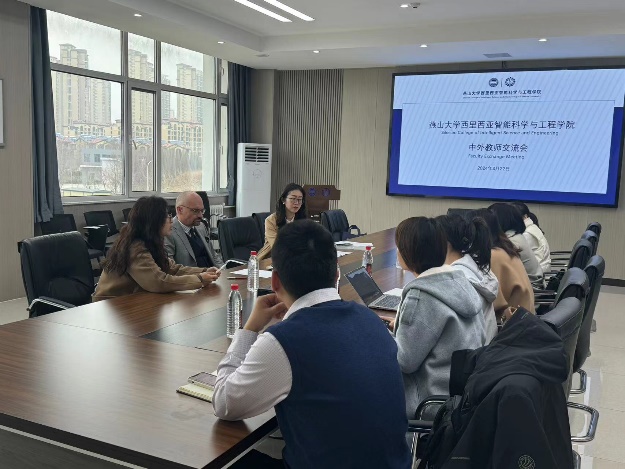
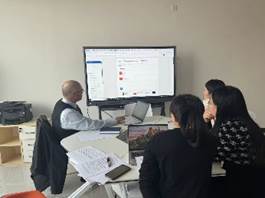
课程采取理论实践相结合的方式进行授课,根据教学目标,在知识传授过程中融合国内外工业案例,让学生从实际工业应用的角度学习掌握课程的知识点。学习知识的同时,可以培养学生的动手实践能力,使其能够与社会同步发展。
The team adopted a combination of theory and practice in the teaching process. According to the teaching objectives, domestic and international industrial cases were integrated into knowledge imparting, enabling students to learn and master key points of the course from the perspective of practical industrial applications. In the process, students’ hands-on practical abilities have also been cultivated, which enabled them to keep pace with the development of society.
在理论课程中,外方教授负责课程知识的讲授,讲授过程融入国外课程的风格文化,引导学生在课堂上积极发言讨论,让学生对课堂内容有更深刻的理解。课下,中方助教老师会实时了解学生们的学习基础及对这门课程的学习情况,给出适当的学习建议,就学生们的问题及时与外教沟通,便于外教对课程内容及时进行调整。此外,课程设定了课堂测试,以便实时了解学生的学习情况。外方教授对每次小测设定了奖励机制,用以激发学生的学习热情。
In the theoretical section, the foreign teacher was responsible for delivering the knowledge. The culture of foreign course was introduced in teaching process. The foreign teacher encouraged students to actively speak and discuss in the class in order to help them have a deeper understanding of the course content. After class, the Chinese teacher kept abreast of the students' learning basis and learning progress of this course, gave appropriate suggestions, collected students' questions and communicated with the foreign teacher in a timely manner in order to facilitate appropriate adjustment of the teaching. Moreover, in-class quizzes were set up to keep track of students' learning progress in real-time. The foreign teachers adopted a reward mechanism for test to stimulate students' enthusiasm for learning.
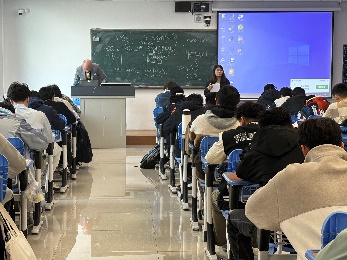
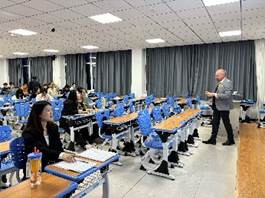
由于国内外实验环境和实验设备的差异,中外双方老师根据实验课程要求和国内实验室已有条件,对实验室设备进行了补充更新。在实验课准备过程中,从设备选型、购买再到调试,中外双方教师都付出了很多努力。老师们课余时间几乎都在实验室进行调试和测试,充分考虑了实验中会出现的问题并提出了解决方案,通过一次次调试对内容进行调整,课程在充分利用国内教学资源的同时,融入国外教学的理念和方案,最终制定了符合国际化发展需求的实验教学培养方案。
Due to the differences of laboratory facilities between the Chinese and foreign universities, the Chinese and foreign teachers have updated and supplemented laboratory equipment according to the requirements of the experimental course. In the preparation of laboratory classes, from equipment selecting, purchasing, to debugging, both Chinese and foreign teachers have made tremendous efforts. They spent almost all of their spare time in the laboratory in debugging and testing, gave full consideration of possible problems that might happen in class and proposed relevant solutions. By adjusting the content again and again, the lab course has not only made full use of domestic teaching resources but also included foreign teaching concepts and schemes, ultimately formulated a laboratory teaching and training program meeting the needs of international development.
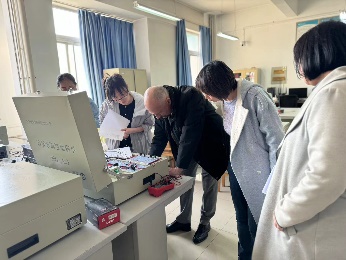
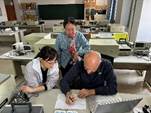
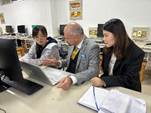
三、课程内容
Course Information
测量系统课程是融合了测量学、机器人技术、计算机技术基础的一门综合性较强的专业课,通过课程的学习使学生了解测量系统在自动控制和机器人、电子信息和计算机科学中的应用。课程通过中外联合教学的方式展开,分为理论课程和实验课程两部分。
Measurement System is a comprehensive professional course integrating the foundations of surveying, robotics and computer technology. Through the study, students can understand the application of measurement systems in automatic control, robotics, electronic information and computer science. The course is divided into two parts: theoretical and experimental sections, and offered with Sino-foreign joint teaching.
1.理论学习部分
1.Theoretical section
理论课程主要分为四个主要部分:
The theoretical section contains 4 topics:
(1)测量系统的基本术语和定义
(1) The basic terms and definitions of measurement system.
(2)从传感器到数据采集设备、设备和接口的讲解和应用
(2) From sensor to acquisition device; devices and interfaces.
(3)测量系统的编程
(3) Programming of measurement systems.
(4)测量系统中一些物理量的特性和测量方法
(4) Measurements of selected physical and electrical quantities.
2.实验部分学习
2.Laboratory part
实验部分通过虚拟和物理相结合的方式使学生熟悉测量系统的应用。主要包括六部分实验内容。
Students are familiarized with the application of measurement systems through a combination of virtual and physical methods. The experimental content is consisted of six parts:
(1)LabVIEW编程基础
(1) Basics of programming in LabVIEW
LabVIEW是测量系统中一个应用很广泛的软件。
LabVIEW is a widely applied tool when you need to take measurements.
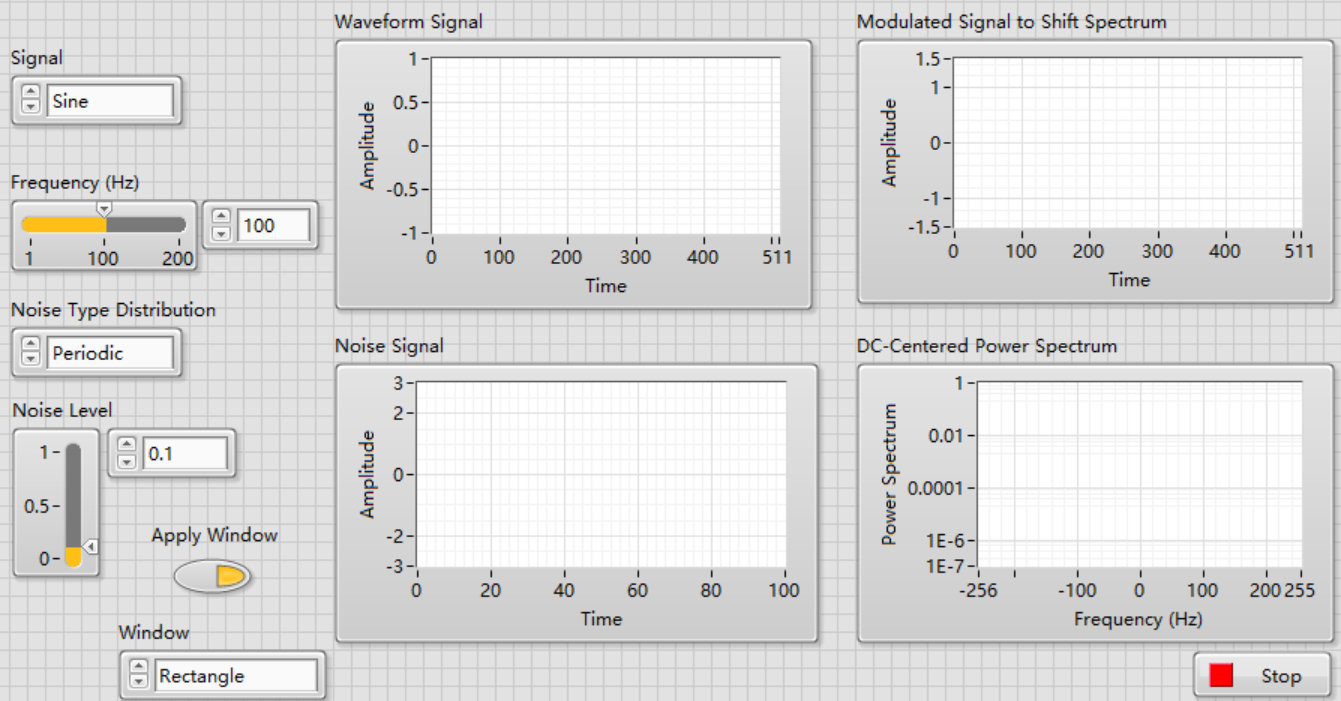
(2)在LabVIEW中创建虚拟测量
(2) Creating virtual measurements in LabVIEW
在LabVIEW中,学生可以创建任何要使用的仪器,模拟物理量的测量,如温度、电压、波形、噪声等。
Students can create any instrument they want to use and simulate the measurement of physical quantities such as temperature, voltage, waveform, noise, etc.

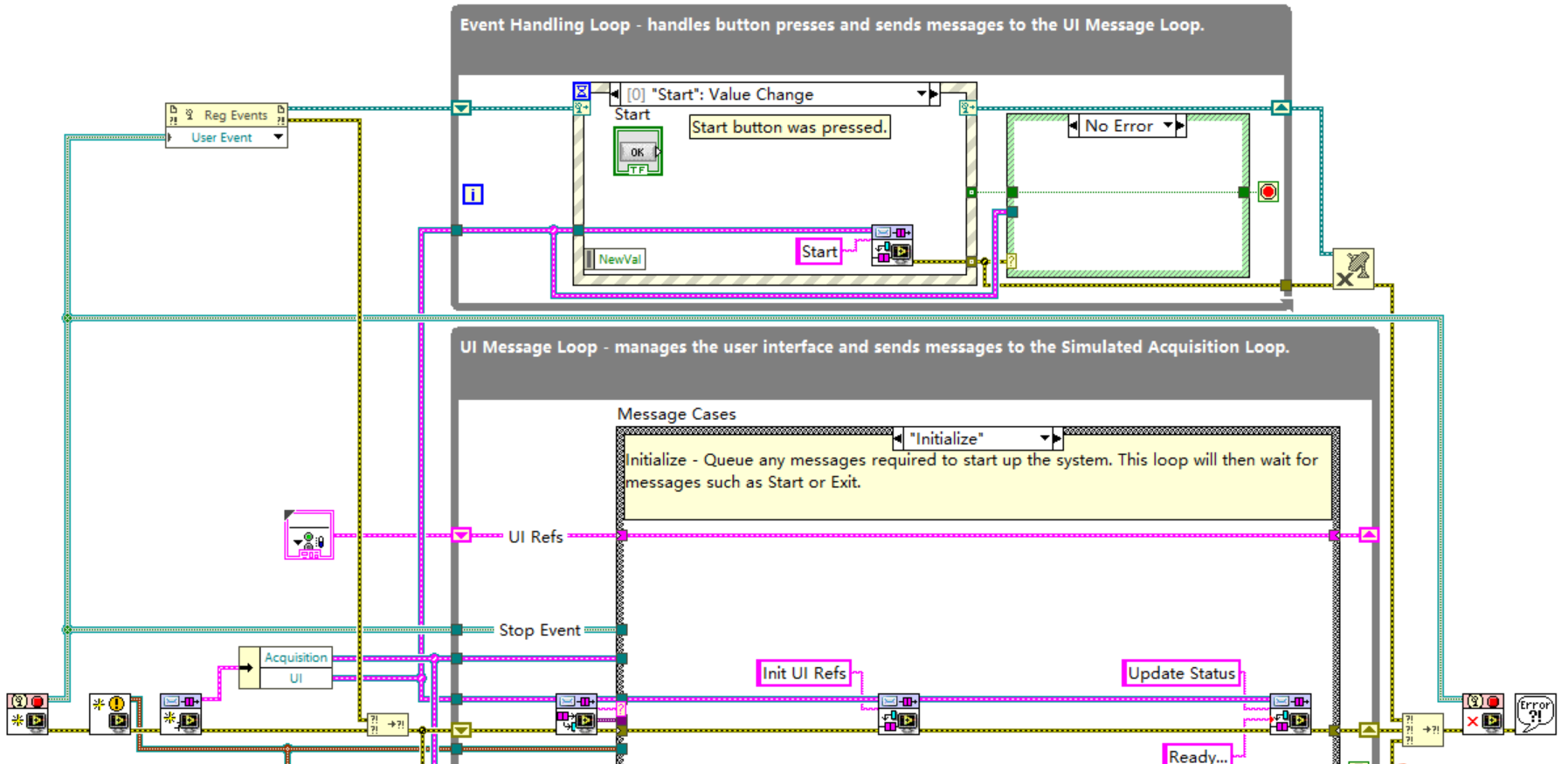
(3)使用应变仪测量重量
(3) Measuring weight with strain gauges
学生们用应变仪、惠斯通电桥等构建一个重量测量系统。在重量变化时测量系统的输出电压。
Students construct a weights measurement system by using strain gauges, Wheatstone Bridge and other instrument and measure the output voltage of the system as the weigh changes.
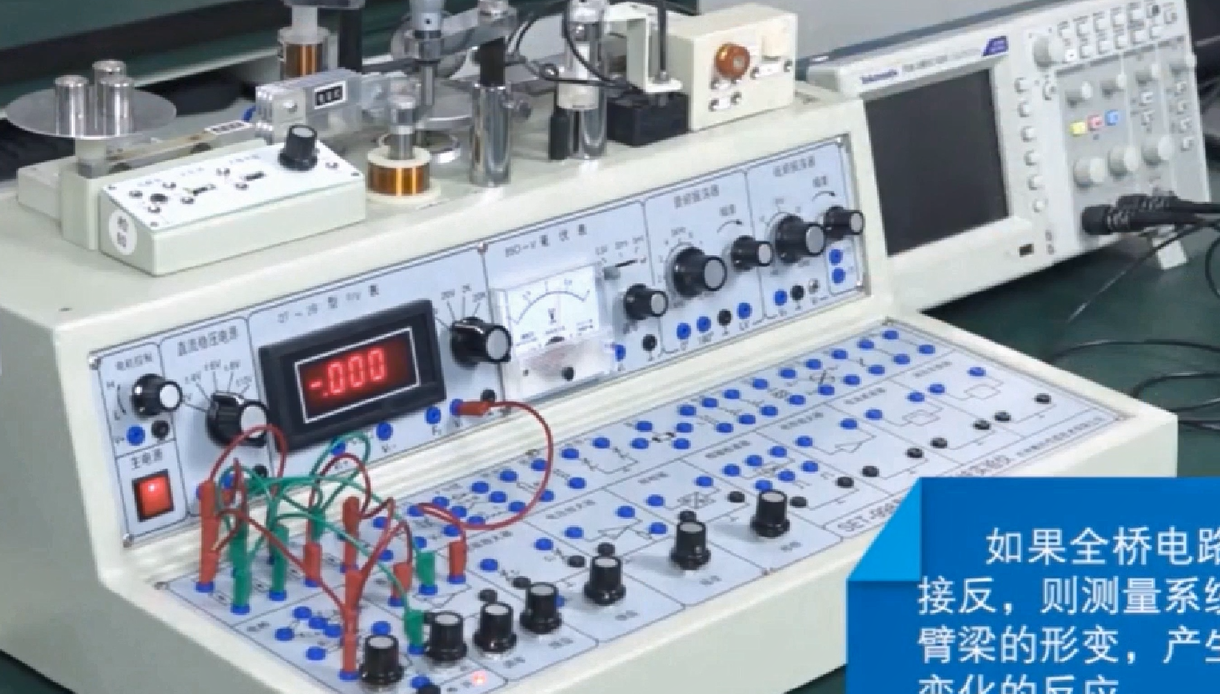
(4)使用数字示波器和编程测量系统进行波形测量
(4)Measuring waveform with digital oscilloscope and programming measurement systems
学生学习数字示波器的基本功能和应用。学习测量各种形状、频率和振幅的波形。
Students learn the basic functions and applications of the digital oscilloscope. They learn to measure waveforms of various shapes, frequencies and amplitudes.
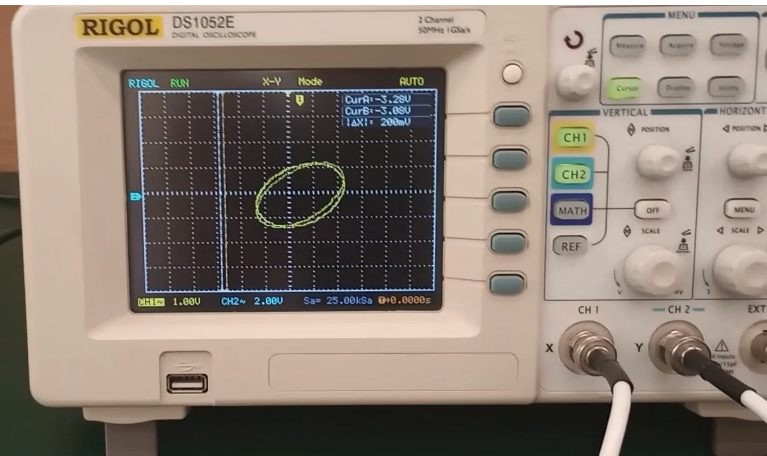
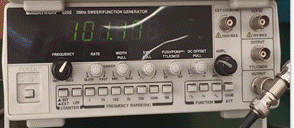
(5)使用热敏电阻进行温度测量
(5) Measuring temperature with thermistor
学生们使用一个热敏电阻和2个电阻数来制作温度计。然后,学生们使用水温恒温器在20摄氏度到90摄氏度的范围内检查构建的温度计的特性。数字温度计用于参考温度测量。学生确定所构建温度计的精度特性。
Students construct a thermometer with a thermistor and 2 resistive decades. Then they examine the characteristics of the constructed thermometer by using a water thermostat in the range from 20 degrees C to 90 degrees C. The digital thermometer is used as reference for temperature measurement. Students determine the accuracy characteristics of the constructed thermometer.

(6)温度传感器的校准
(6) Calibrating temperature sensors
学生检查由热电偶、传感器和电压表组成的温度测量系统的准确性。该系统使用定点法进行校准。
Students examine the accuracy of the temperature measurement system composed of a thermocouple, a transducer and a voltmeter. The system is calibrated by fixed-point method.
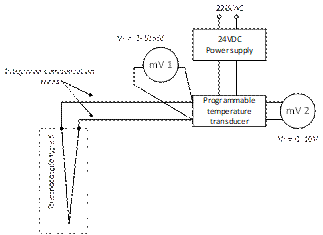
课后,要求学生具备设计DAQ系统软件的能力,设计一个简单的测量系统并为系统创建应用程序,使用DAQ设备收集和分析信号,为未来在不同岗位上共同工作奠定基础。
After class, students are required to design a DAQ system software. They should design a simple measurement system and create an application program for the system. The ability to collect and analyze signals with DAQ equipment will lay a foundation for students’ future collaboration in different positions.

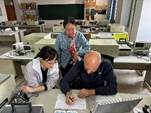
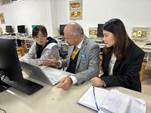
四、展望
Future Work
课程之前让学生了解更多的国外文化,为联合课程中文化、语言的交流奠定基础。在课程上设置更多的互动环节,让学生更多的参与到课程教学中,培养学生的自主思考和创新能力。立足于国内的实验资源,实现实验课程内容相互融通,联合培养,打造相互融通的国际化实验室。注重学生创新创业实践教育,探索中外合作办学新方法新举措。
Before the class, the team helps students to learn more about foreign cultures, paving the path for cultural and linguistic exchanges in the joint teaching process. More interactive sessions are set up in the class to encourage students to participate more in course teaching and cultivate their independent thinking and innovation abilities. Based on domestic experimental resources, the team integrates the Chinese and foreign experimental course contents, jointly cultivates talents and builds an integrated international laboratory. The team attaches importance to students' innovative and entrepreneurial practical education, explores new measures for Sino-foreign cooperation in running schools.

